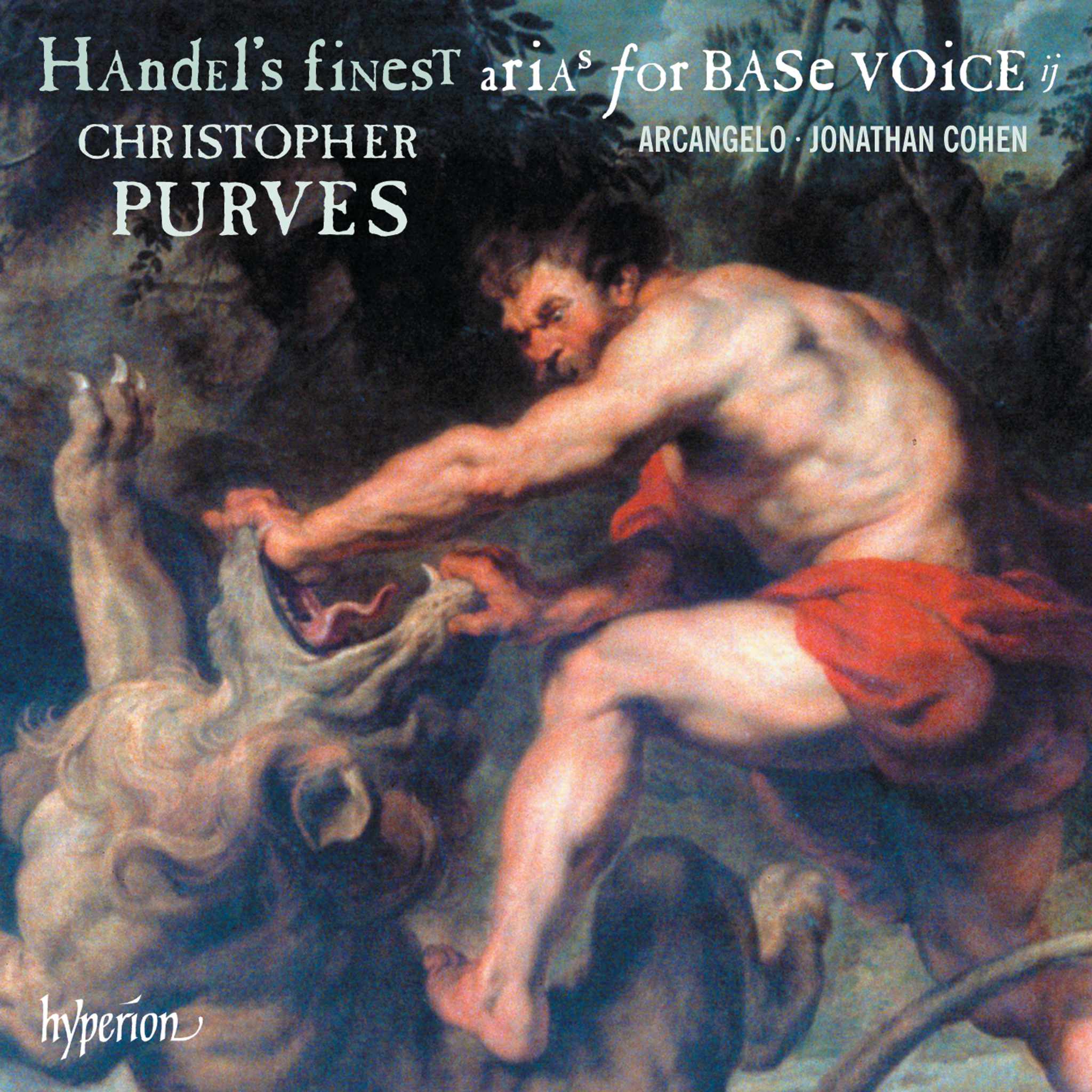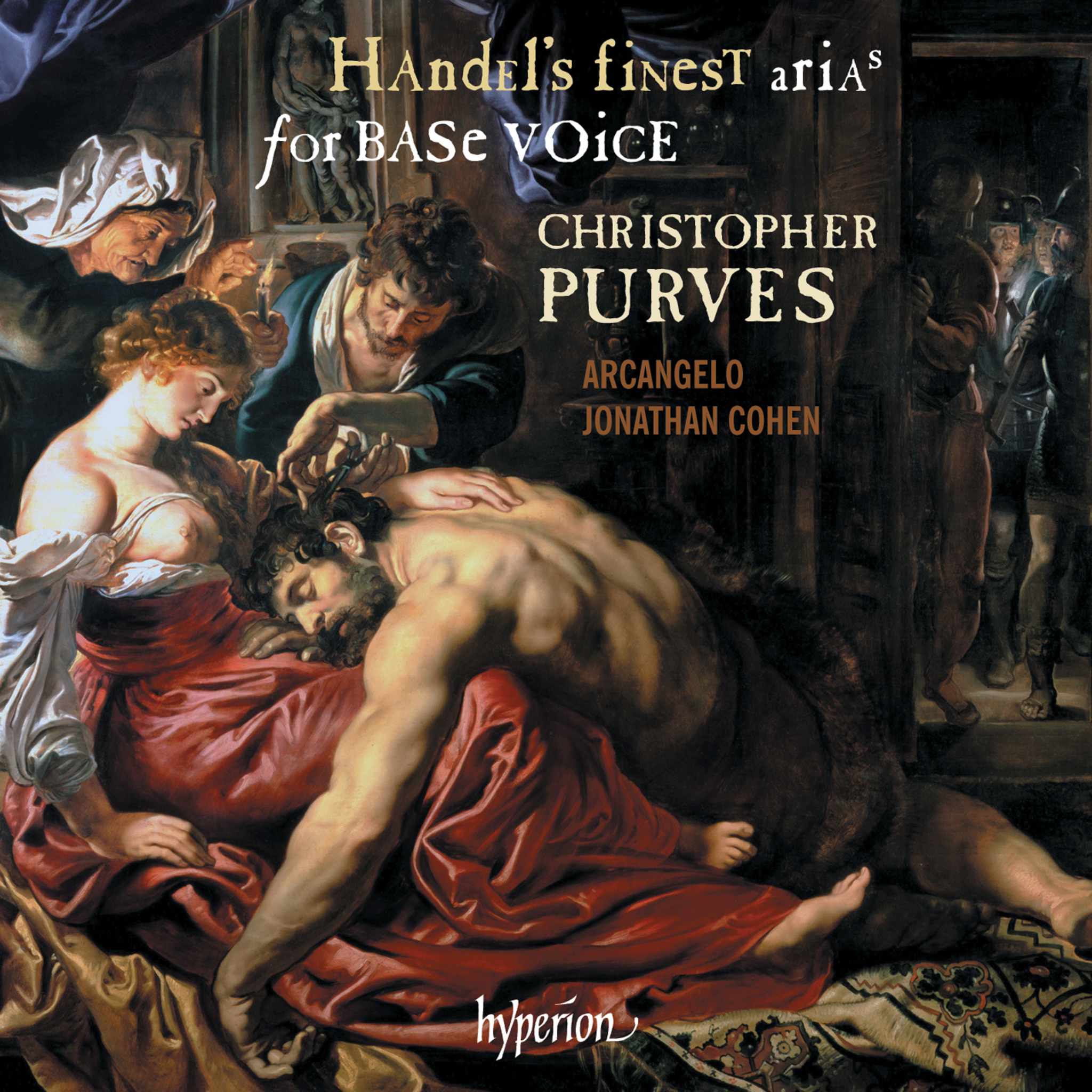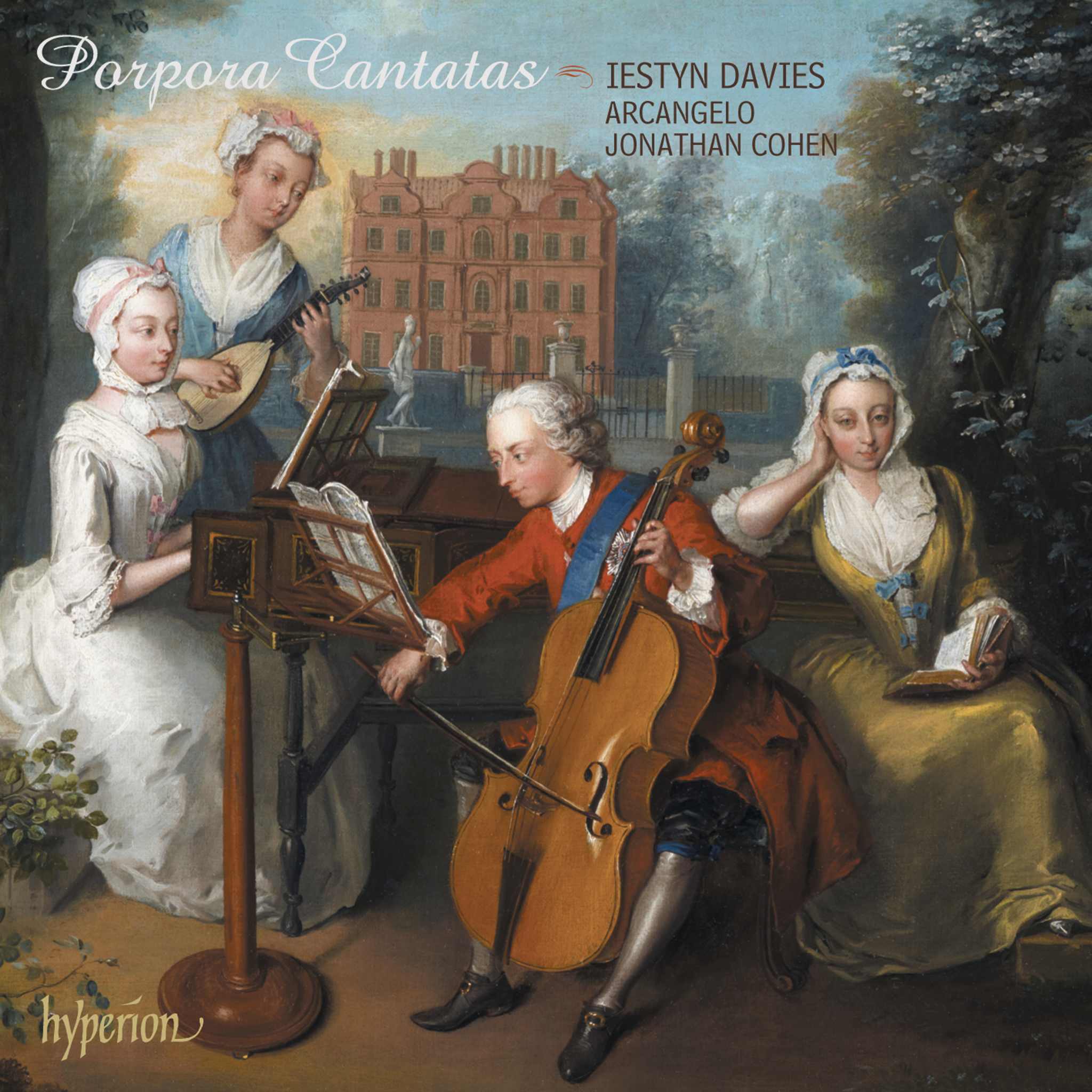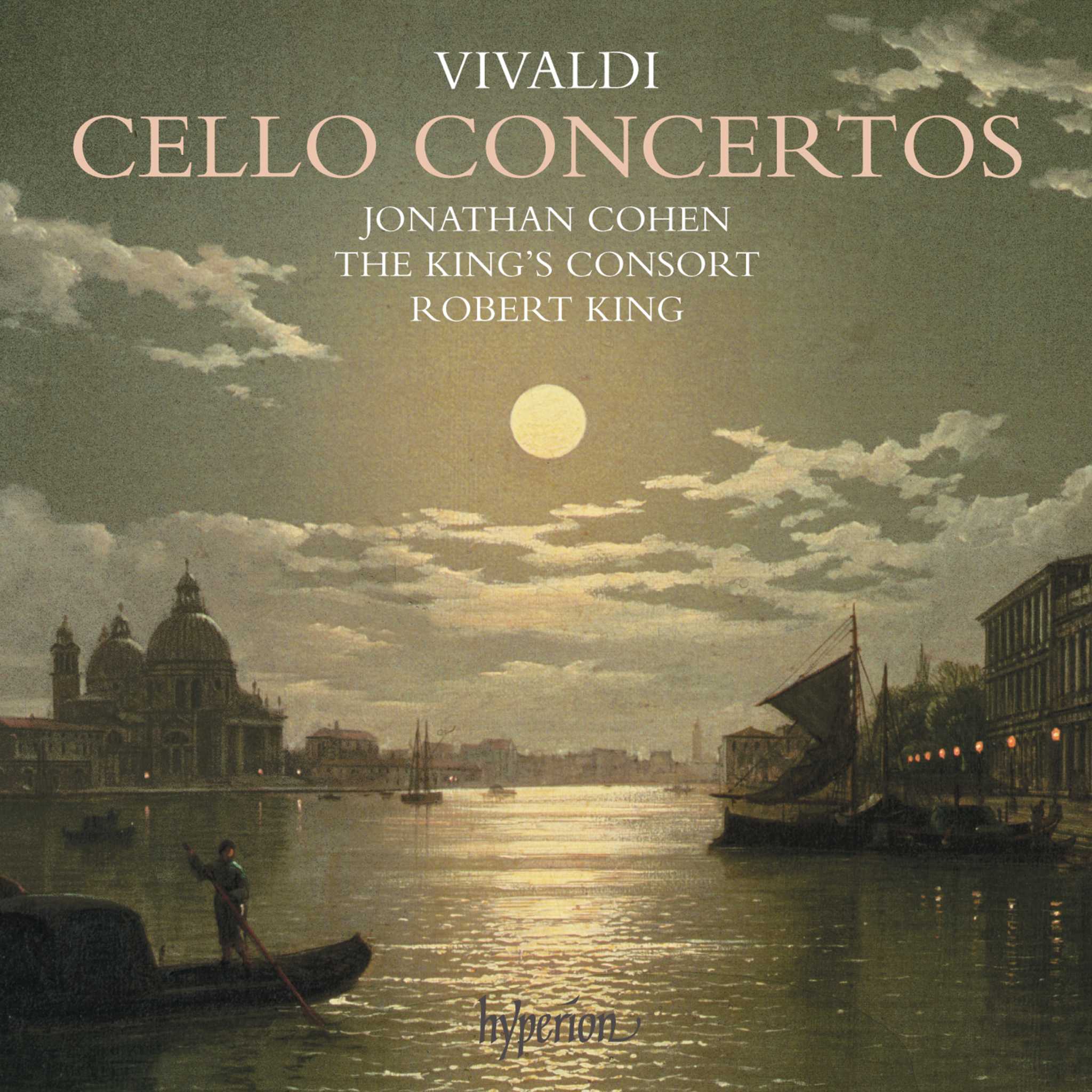Album insights
Chopin's Preludes op. 28 consist of 24 pieces in all major and minor keys, paired by tonality (major keys with their parallel minor keys), progression following the circle of fifths. Seven are under a minute, only three surpassing three minutes. These miniature gems, embodying Chopin's immortality, deserve a more profound description despite their simplistic nature.
In Bach's era, a prelude preceded another piece, be it a fugue or dance movements in suites, occasionally some standalone preludes for keyboard instruments. By the early 19th century, pianists often improvised briefly before concerts to loosen up, leading to a tradition of composing prelude collections encompassing all keys. Chopin elevated this genre, transforming piano preludes into miniature tone poems conveying an array of emotions, serving as inspiration for future composers like Heller, Alkan, Cui, Busoni, and Rachmaninov.
Chopin's first attempt, an independent Prelude in A-flat major from 1834, hinted at Bach's preludes, specifically the D major Prelude from the Well-Tempered Clavier. Chopin uniquely avoided specific fugue elements, allowing contrapuntal elements to arise naturally in his musical structures. Notably, his evolving Preludes inspired subsequent composers like Heller, Alkan, Cui, Busoni, and Rachmaninov to explore all 24 keys as well. The final Prelude was completed on January 22, 1839, marking the completion of Chopin's cycle he had meticulously worked on since 1836.
Numerous Preludes received descriptive titles, though not programmatic in nature, enhancing the listener's immersive experience. Pieces like the iconic "Raindrop Prelude" in D-flat major vividly echo the rain's patter on Chopin's Valldemosa residence. Others, like the somber B minor Prelude (No. 16) or the technically demanding B minor Prelude (No. 20), further demonstrate Chopin's prowess in shaping emotions through music. After revisiting the form briefly in 1841 with the exquisite C-sharp minor Prelude, Chopin explored the intimate realm of these musical miniatures with remarkable depth.
The term "Impromptu," meaning "improvised" or "from the moment," reflects briefly expressive compositions by Schubert and Chopin, encapsulating a blend of Etude and Nocturne elements fluidly. Chopin's Fantaisie-Impromptu stands out as a cherished piece never released during his lifetime, combining virtuosity with lyricism. Each of Chopin's Impromptus, including the touching A-flat major (Op. 29) and the structurally innovative F-sharp major (Op. 36), bears its own opus number, illustrating the composer's dedication to enhancing complexity and emotional richness in his compositions.
Through his Impromptus and Prelude masterpieces, Chopin carved a unique path, transcending conventional forms and genre expectations, leaving an indelible mark on the musical landscape of his time and beyond.









